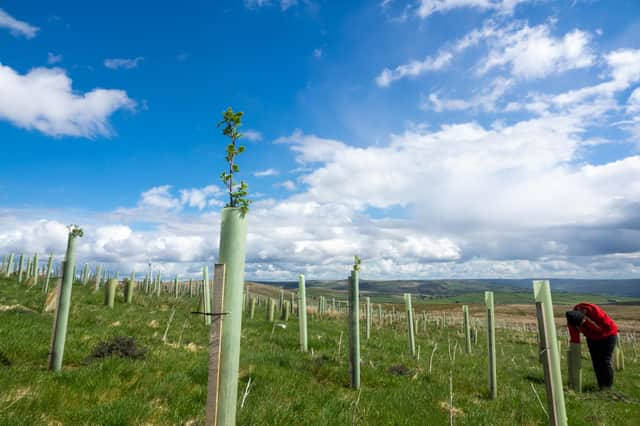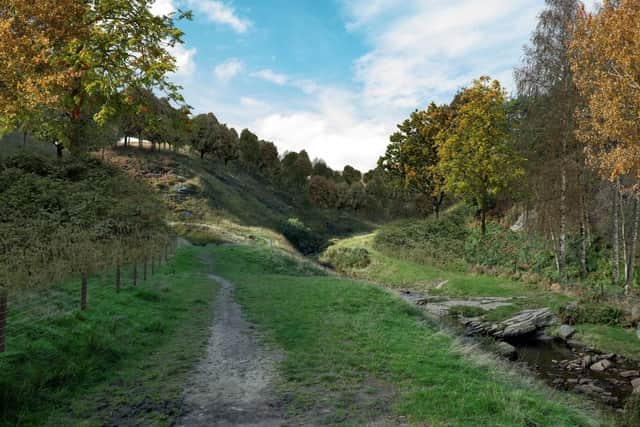Programme to restore South Pennines uplands is announced


This article contains affiliate links. We may earn a small commission on items purchased through this article, but that does not affect our editorial judgement.
The ‘Landscapes for Water’ programme will focus on restoring five areas in the South Pennines, from Hepstonstall Moor in the north to Marsden Moor in the south, including planting 350 hectares of native trees in the small valleys, or ‘cloughs’.
The restoration project will include at Gorpley Reservoir in Todmorden plus other parts of the upper Calder Valley and Heptonstall Moor, while Baitings Dam is also included.
Advertisement
Hide AdAdvertisement
Hide AdLong term, it’s hoped this new woodland could provide homes for threatened species including black grouse, pine marten and red squirrel. It’s also hoped it will boost populations for birds like redstart, pied flycatcher, ring ouzel and nightjar.


As well as the benefits for wildlife, the new woodland will capture carbon, improve water quality and provide flood protection for homes in the South Pennines by slowing the flow of water across the landscape. The trees will form part of the White Rose Forest.
There are also plans to install 3,500 leaky dams across the five areas, which will further reduce flood risk by encouraging water to soak slowly into the landscape. This will also help to reduce the risk of fire and drought, as well as improving the conditions for forming peat.
As part of the project, the programme team will be hosting community planting and education days with local residents where people can learn more about the project and its ambitions to restore this precious landscape.
Advertisement
Hide AdAdvertisement
Hide AdTwo public meetings, where people can learn more about the plans for their area, will take place on 18 April in Marsden – where the project area March Haigh is located – and 20 April in Ripponden – near Baitings Reservoir.
Jess Yorke, programme manager for the National Trust, said: “The National Trust and Yorkshire Water are two of the biggest landowners in this region, so we have a responsibility to make sure we’re looking after the landscape to make sure it’s resilient to climate change.
“This is an ambitious programme of work, and a lot of planning has gone into ensuring we create resilient landscapes that work with nature and are protected for generations to come.”
Granville Davies, water and catchment strategy manager for Yorkshire Water, said: “The benefits for people living in the Colne, Upper Calder and Holme valleys are huge, as this project will not only restore the landscape, but reduce flood risk and improve water quality.
Advertisement
Hide AdAdvertisement
Hide Ad“As landowners, it’s vital to restore our uplands to turn them back into carbon sinks too. Planting trees in the right place can reduce flood risk, mitigate carbon emissions and boost wildlife. Putting nature-based solutions in the ground now means long term benefits to our customers and society, and tree planting forms part of our aim of becoming carbon net zero by 2030.
“Crucially we also want new woodlands to provide opportunities for people to get out and enjoy the health and wellbeing benefits that spending time in the natural environment can provide.”
To book a place at the public meeting in Ripponden, click here.